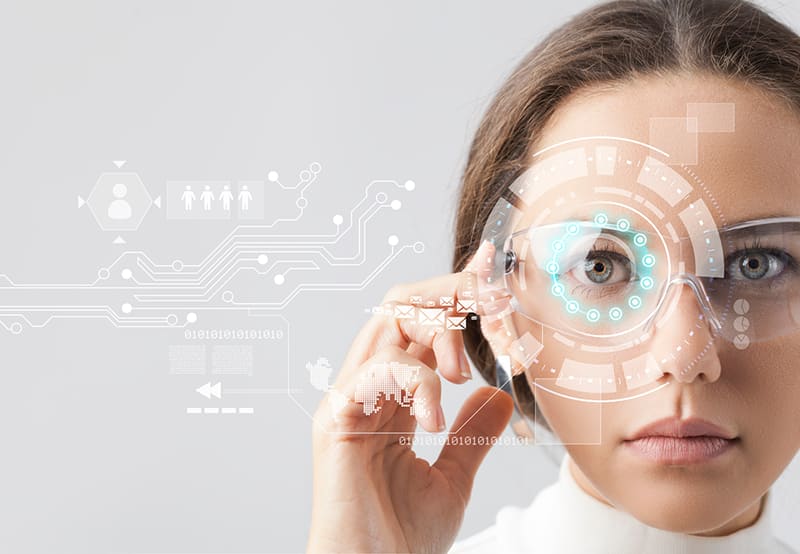Soon clinicians will be saying hello to their new personal assistant, the chatbot.
The latest extension of the ‘chat’ feature in patient engagement software is the chatbot. A chatbot is a service that people interact with through a messaging interface, and is designed to imitate human conversation using Artificial Intelligence. Essentially, a digital personal assistant that could give clinicians time to see more patients, more efficiently.
Currently, the chat feature of many applications or software systems allows patients to communicate with their doctor through online messaging. The chatbot builds on this concept, but is much more advanced as it is able to converse with a patient, fundamentally changing the traditional doctor-patient relationship. The chatbot may save a lot of patients who have minor health concerns from a visit to the doctor, as it is able to answer simple medical questions. This would allow clinicians more time to treat more crucial patients, and save patients a trip to the doctor for symptoms that don’t necessitate an actual consultation.
The opportunity for future development of chatbots is plentiful, it is a matter of companies defining how the bot can be most useful to clinicians. For General Practitioners who spend a lot of their time on administrative tasks, the chatbot could reduce these demands and allow them more time to spend consulting patients. For instance, the bot could assist them in appointments by listening and taking notes for the clinician so they can conduct a more efficient and effective consultation with the patient.
A further possibility is having the bot as a third “person” in the conversation, that can pick up on something a clinician mentions, then search the database for pertinent information in real time. For example, the clinician may be recommending a particular food to the patient to help with a health issue, meanwhile the bot searches the database and identifies that this patient is allergic to something in that food that the patient had forgotten about. This is highly useful as the bot can then present that information to the clinician, who can adjust their care advice to make it more accurate and patient specific. Previous information can also be added to the conversation, as the bot can quickly present things such as the patient’s last weight check or blood test result.
In order to make people feel comfortable engaging with a chatbot, it uses a combination of Natural Language Processing (NLP) both to and from the bot, and machine learning. NLP processes and interprets data coming into a bot and converts the machine’s response into human dialogue. The beauty of the chatbot is that, through this process, it’s only going to get smarter, as it uses machine learning to be able to respond to more complicated questions and recognise less common words or phrases. Consequently, chatbots in a healthcare environment would need to be used by many and have access to rich data sets in order for them to increase their knowledge of medical terms, symptoms and treatments.
The purpose of the chatbot is not to replace the clinician, instead it is a resource to enhance patient engagement. In the previous scenario, the clinician would be there to correct the chatbot if it presents the wrong information, or if it isn’t relevant. Therefore, the clinician can teach the bot as it goes.
Not limited to text alone, when replying to messages the bot can provide options for the user to choose from, such as a selection of images in a carrousel, videos and links to other information.
Using machine learning to provide specific options can accelerate the conversation between clinician and patient by rapidly feeding the bot more information. With further development, the chatbot can transcend the traditional text-to-text format of chat applications, providing highly valuable assistance to clinicians.
Find out more about machine learning in healthcare by downloading our Machine Learning Report on the website. Click the link below to find out more.




